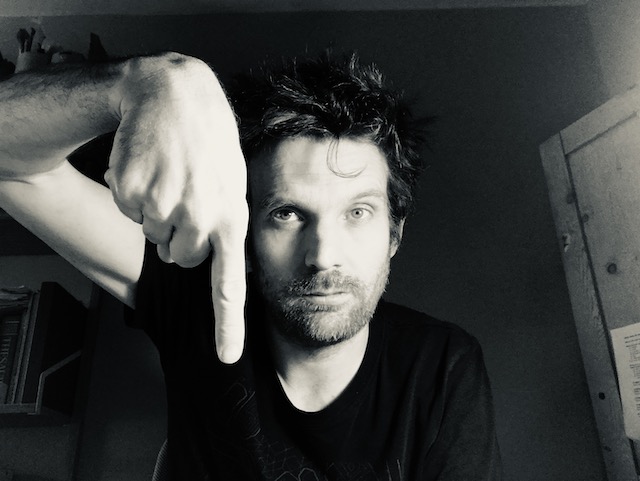This week I’ve been making the case for a continuous, place-based approach to design. As James Norman and I set out in the Regenerative Structural Engineer, we see this process as a cycle of the following stages.
1. Observation
Traditional design often begins with a design brief—a predefined problem to be solved. But Continuous Place-Based Design, with its focus on working with the existing dynamics of a place rather than imposing change from outside, begins with observation.
Observation means more than a desk study or mapping exercise. It requires time spent in a place—experiencing it from different perspectives, noticing rhythms, interactions, and patterns of change. But observation isn’t just the first step. It is something we return to again and again, each time we make a change.
2. Brief
From observation, we begin to sense what is needed. The brief emerges as a way of distilling these needs into a set of design requirements.
In traditional design, the brief is often seen as something to resolve upfront—reducing uncertainty as quickly as possible. But the Designer’s Paradox reminds us that a brief is never fully known at the start; understanding of the brief unfolds through the act of designing itself.
Continuous Place-Based Design embraces this reality. The brief evolves over time, but it doesn’t necessarily converge to a single, finalised solution. Each iteration is the best response for now, while recognising that every intervention changes the system—and with it, the design brief itself.
3. Ideas
The creative phase of the process is deeply influenced by the place itself. Ideas are not imposed from outside but emerge from the system we are designing within.
The designer’s role is not just to generate ideas, but to facilitate the emergence of ideas from place—to see what is latent, what is already forming, what might be supported. At the same time, by embedding ourselves in a place, we too become part of its system. Our ideas are shaped by this connection, rather than being external impositions.
4. Make and Test
This is where we intervene—where design moves from thought to action. We begin making changes to the system.
Interventions can range from small-scale tests to large-scale changes—though an important principle stands: start small, learn, then scale out. Through making, we begin to see how the system responds.
For example, in a housing development, instead of building an entire estate at once, we might start with a few houses, observing how the place changes and adapts before expanding further. The goal is not to eliminate uncertainty, but to work with the unforeseen consequences of our design decisions—using them as feedback to refine and update the brief.
Back to Observation Again
Having made our changes to the system, we go back to observation. But we are not back where we started: the system we are designing in has changed and we too are changed by that process. We become a more integrated part of the system we are designing in, better able to facilitate change that will bring forward thriving in that place.
